In 2015, the 193 members of the UN General Assembly adopted the Sustainable Development Goals (SDGs) — among them Goal Five, which aspires to “achieve gender equality and empower all women and girls” by 2030. The ambition is inspiring, the challenge vast; gender inequality is a critical issue across the world.
Let’s take stock. About one-and-a-half million girls are not born each year because they are aborted in favour of boys—that’s roughly the number of deaths worldwide from hypertensive heart disease or diabetes. An estimated 36 million girls marry between the ages of 15 and 19, stunting their educational and economic potential. Thirty percent of women around the world—that’s more than 700 million women—have been victims of violence from an intimate partner. Some 195 million fewer adult women than men are literate. About 190 million fewer women than men have a bank account. There are only 22 women in ministerial and parliamentary for every 100 men.
 In the world of work, globally, on average, women spend three times the amount of time as men on unpaid care work—an economic contribution conservatively worth $10 trillion, or 13 percent of global GDP, for which they are not compensated or recognized. Turning to work that is paid and measured, women generate about 37 percent of the world’s GDP, despite being about half of the world’s total population. At current rates of progress in women rising to the C-suite, it will take more than 100 years to bridge the gender gap in the upper reaches of US corporations.
In the world of work, globally, on average, women spend three times the amount of time as men on unpaid care work—an economic contribution conservatively worth $10 trillion, or 13 percent of global GDP, for which they are not compensated or recognized. Turning to work that is paid and measured, women generate about 37 percent of the world’s GDP, despite being about half of the world’s total population. At current rates of progress in women rising to the C-suite, it will take more than 100 years to bridge the gender gap in the upper reaches of US corporations.
Research by the McKinsey Global Institute (MGI) in 2015 found that 40 of the 95 countries analysed have high or extremely high levels of gender inequality on at least half of 15 indicators (both economic and social). There are large variations among countries—the lowest gap to gender parity is in North America and Oceania, and the highest in South Asia, excluding India. But there are also big differences among states within countries. In India, the five states that are closest to parity are on a par with Argentina, China, or Indonesia; the bottom five states are in a similar position on the journey toward gender parity as Chad or Yemen. In China, there are large differences in gender inequality between rural and urban areas. Female participation in work is close to 80 percent in the former but 60 percent in the latter. Violence against women is 2.5 times more prevalent in rural areas than in China’s Cities. And women achieve 90 percent of the educational attainment of men in urban China but only 67 percent in the countryside.
Related Article: “ONLY A UNITED GIRLS’ RIGHTS MOVEMENT WILL DELIVER THE GLOBAL GOAL OF GENDER EQUALITY“
Ending gender inequality is a pressing social issue. Too many women don’t feel safe; their life prospects are crippled at an early age. But it is an economic issue, too. Narrowing the global gender gap would have huge potential economic benefits. If every government helped its citizens catch up to the country in its region that has made the fastest strides toward gender parity—a realistic and achievable scenario—the total annual payoff in additional GDP could reach $12 trillion in 2025. Together with the aggregate economic payoff, investing in women and girls would transform millions of lives for the better.
The question, then, is how to realize these enormous gains? Achieving economic gender equality is not possible without working toward social gender equality. Broadly speaking, gender equality in society and in work are closely linked in most countries; an increase in one goes hand in hand with an increase in the other. While absolute scores on equality in society tend to be higher than those of equality in work for most countries, we found virtually no countries with high equality on social indicators but low equality in terms of employment and labor markets.
 In the photo: Girl in uniform during lessons, Mora, Cameroon, Africa Photo Credit: McKinsey Global Institute
In the photo: Girl in uniform during lessons, Mora, Cameroon, Africa Photo Credit: McKinsey Global Institute
In order to meet the path set by the SDGs, 58 million more girls and 60 million more boys will need to be enrolled in schools. Some 224 million more women will need to gain access to formal financial services to close the gender gap completely. And roughly 445 million people will need improved access to safe water supplies –part of reducing the unpaid care work carried out by women in developing countries.
This ambitious agenda will not be delivered effectively without prioritization. In a similar spirit to the United Nations’ SDGs—a short list of simply stated and achievable objectives to help focus and rally action—MGI identified ten top gender impact zones to focus minds. These are the largest concentrations of gender gaps experienced by women in the world.
Five of these reflect pervasive forms of inequality in certain regions: low labor-force participation in quality jobs, low maternal and reproductive health, unequal education levels, financial and digital exclusion, and girl-child vulnerability. The other five impact zones are global where gender inequality affects large numbers of women wherever in the world they live:
- Blocked economic potential, reflecting persistent wage gaps between men and women and a low share of women in leadership positions. Even in North America and Oceania (Australia and New Zealand), which does best in elevating women into top business roles, women only account for 74 percent of the leadership positions of men.
- Time spent in unpaid care work—across the world, women, on average, spend three times the amount that men spend engaged in domestic and care work. Even in Japan, a highly developed economy, women perform nearly five times the unpaid care work as men.
 In the photo: Female farmer with hoe in her corn field. Photo Credit: McKinsey Global Institute
In the photo: Female farmer with hoe in her corn field. Photo Credit: McKinsey Global Institute
- There is a large gender gap on legal rights. In 18 of 90 countries, daughters do not have equal inheritance rights to boys and in 16 out of 75 countries there is no domestic violence legislation.
- Political under-representation—globally, the number of women in ministerial and parliamentary roles is just 22 percent that of men.
- Violence against women remains pervasive. Worldwide, as we have noted, 30 percent of women report that they have experienced physical and/or sexual violence from an intimate partner. But the figures are far higher in some countries. In Angola and Ethiopia, more than two-thirds of all women have reported such violence. No country in the world has reported prevalence rates of lower than 5 percent.
The Best Practices to be Built on
MGI’s research has identified around 75 interventions that have already been implemented and proved effective. In education, building more secondary schools, ensuring that girls have sanitation facilities in schools, and creating financial incentives, including direct cash transfers, to raise enrolment and keep girls in school are all important and effective initiatives. In family planning and maternal health, the imperative is to expand the number of health workers and develop emergency services and maternal-health services in rural areas, as well as improving supply chains for the delivery of contraceptives, and expanding sex education in schools. One of the most important measures to reduce the amount of time women spend on unpaid care work is expanding the provision of child care, whether government-subsidised, employer-assisted, or self-funded. Digital technologies can help more women gain access to financial services, but investment will be needed in many countries to expand the digital infrastructure as well as programs to enhance women’s digital and financial literacy.
 In the Photo: a woman holding two babies in her arms in front of village hut in rural Zimbabwe. Photo Credit: McKinsey Global Institute
In the Photo: a woman holding two babies in her arms in front of village hut in rural Zimbabwe. Photo Credit: McKinsey Global Institute
In family planning and maternal health, the imperative is to expand the number of health workers and develop emergency services and maternal-health services in rural areas, as well as improving supply chains for the delivery of contraceptives, and expanding sex education in schools. One of the most important measures to reduce the amount of time women spend on unpaid care work is expanding the provision of child care, whether government-subsidised, employer-assisted, or self-funded. Digital technologies can help more women gain access to financial services, but investment will be needed in many countries to expand the digital infrastructure as well as programs to enhance women’s digital and financial literacy.
At the highest level, governments can create an enabling climate through legislation. Financial mechanisms, such as direct cash transfers targeting girls, can give incentive for changes in behaviour within families and communities. And infrastructure can help make a difference, too; this includes both physical infrastructure, such as providing sanitation facilities for girls in schools, and digital solutions, such as offering apps designed for female entrepreneurs or mobile smartphone-based emergency services for female victims of violence.
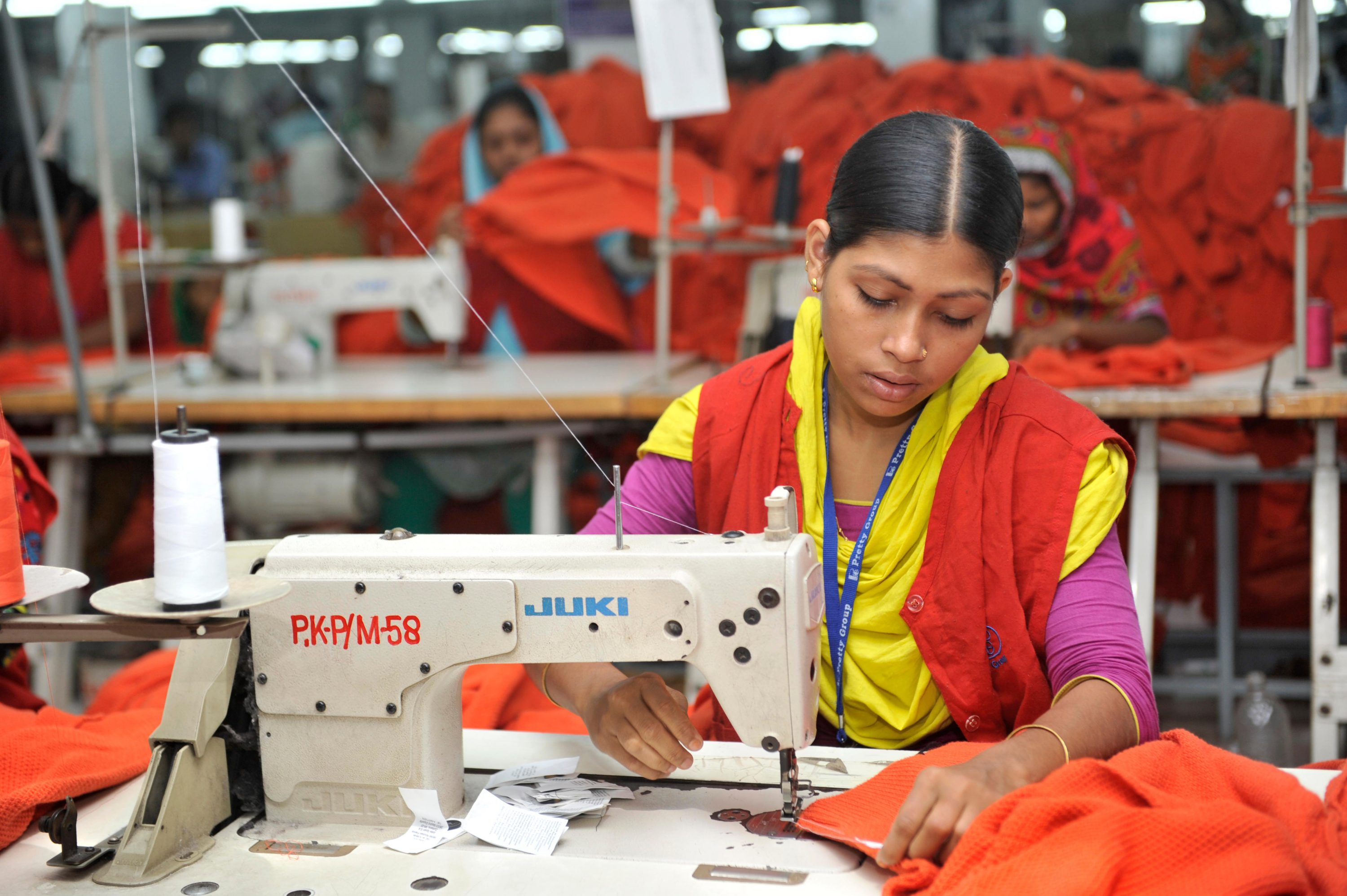
In the Photo: Gajipur, Bangladesh, Clothing and garment factories are often filled with hundreds of female laborers who work long shifts for, often, low wages. Photo Credit: McKinsey Global Institute
These measures will, of course, have to be funded. To achieve the $12 trillion GDP potential identified and to make progress on the SDGs, spending on five priority areas—education, family planning, maternal mortality, digital inclusion, and unpaid care work—needs to rise by $1.5 trillion to $2.0 trillion between now and 2025, MGI calculates. This compares with estimated spending of $6.3 trillion on these services in 2014. In other words, the potential economic payoff in 2025 would be six to eight times the spending required.
In anybody’s book, that is a substantial return on investment, but capturing the benefits of the power of parity is not all about money invested for a particular return. It is about dynamic new partnerships—public and private—that force the pace of progress. From the CEO down, businesses need to regard gender equality as an opportunity rather than a cost. There is evidence that increasing the presence and responsibility of women is correlated with improved company performance. Companies that embrace gender diversity and develop effective business models that target women as consumers, distributors, or suppliers can gain greater competitive advantage and growth in profits.
All programs need to be measured to ensure that they are effective—money is too precious to devote to interventions that don’t work or have enough impact. Companies could benefit from systematically gathering data on their performance on gender-diversity initiatives, and from using the data to inform their actions and those of others in a similar context.
MGI has found that 60 percent of countries can generate the additional funds from taxes on the incremental GDP growth that empowering women will deliver. In places where such tax revenues may not be sufficient, private investment can be attracted. Legislation enacted this year by New York State, for example, requires that employers and employees each contribute funds to finance paid family leave.
There are grounds for optimism. Many developing countries, including India, are now at a tipping point, with sharply narrowing gender gaps in education implying huge potential gains in women’s economic prospects. In the United States, New York is not alone in adopting policies enabling paid family leave. And the rapid spread of digital technologies is improving access to financial services and work opportunities in completely new ways.
The imperative remains as strong as ever to step up efforts to close the global gender gap and make faster progress toward meeting the fifth of the SDGs. This will require substantial investment and sustained effort, but doing so can produce an enormous payoff in the form of economic growth and millions of lives transformed.
Recommended Reading: “DEVELOPING A HOLISTIC APPROACH EMPOWERING WOMEN AND GIRLS“
EDITOR’S NOTE: THE OPINIONS EXPRESSED HERE BY IMPAKTER.COM COLUMNISTS ARE THEIR OWN, NOT THOSE OF IMPAKTER.COM. FEATURED PHOTO CREDIT: McKinsey Global Institute
Contributing Authors:
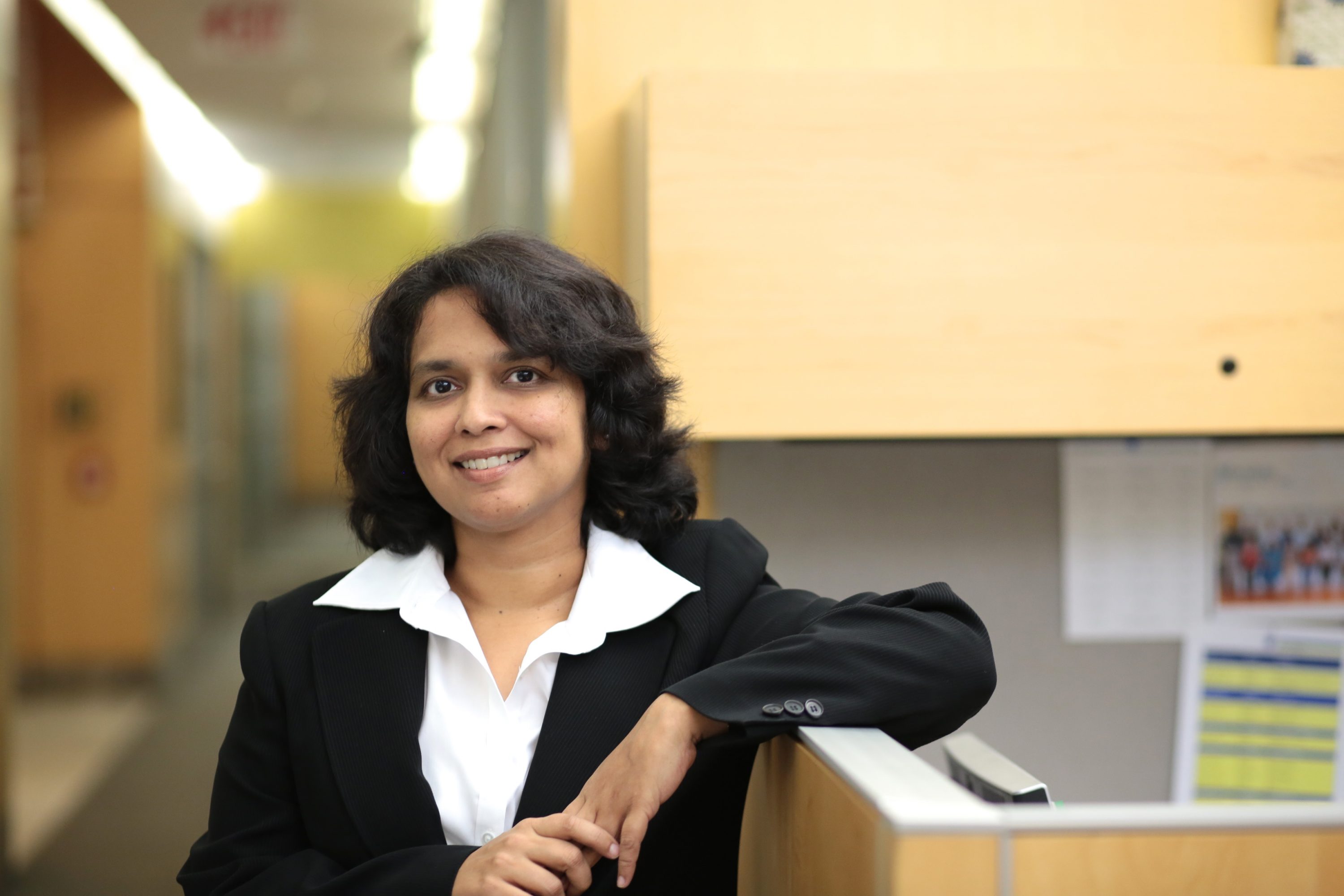 Anu Madgavkar is a partner with the McKinsey Global Institute (MGI), and leads MGI’s global research on gender equality. She has led MGI’s efforts to shape the research and recommendations of the United Nations High Level Panel on Women’s Economic Empowerment, constituted by UN Secretary General Ban Ki Moon. She serves on the National Economic Growth and Investments Council of the Confederation of Industry in India.
Anu Madgavkar is a partner with the McKinsey Global Institute (MGI), and leads MGI’s global research on gender equality. She has led MGI’s efforts to shape the research and recommendations of the United Nations High Level Panel on Women’s Economic Empowerment, constituted by UN Secretary General Ban Ki Moon. She serves on the National Economic Growth and Investments Council of the Confederation of Industry in India.
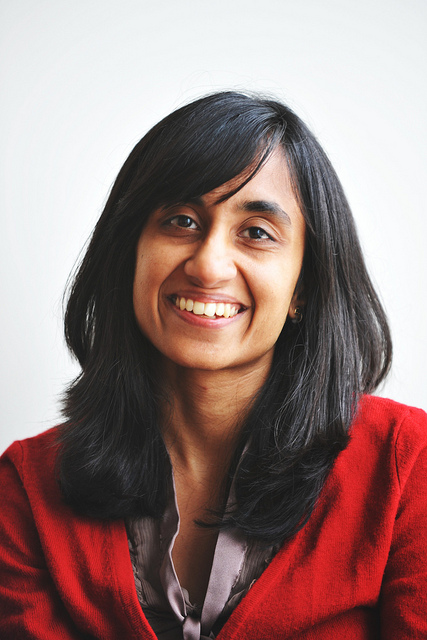
Mekala Krishnan is a McKinsey Global Institute (MGI) Fellow in the Stamford, Connecticut office of McKinsey and Company. She co-leads MGI’s research on global gender equality. Mekala will be joining the board of the Global Fund for Women, a leading public foundation dedicated to improving global gender equality, in June 2017.
 MGI’s mission is to help leaders in the commercial, public, and social sectors develop a deeper understanding of the evolution of the global economy and to provide a fact base that contributes to decision making on critical management and policy issues.
MGI’s mission is to help leaders in the commercial, public, and social sectors develop a deeper understanding of the evolution of the global economy and to provide a fact base that contributes to decision making on critical management and policy issues.



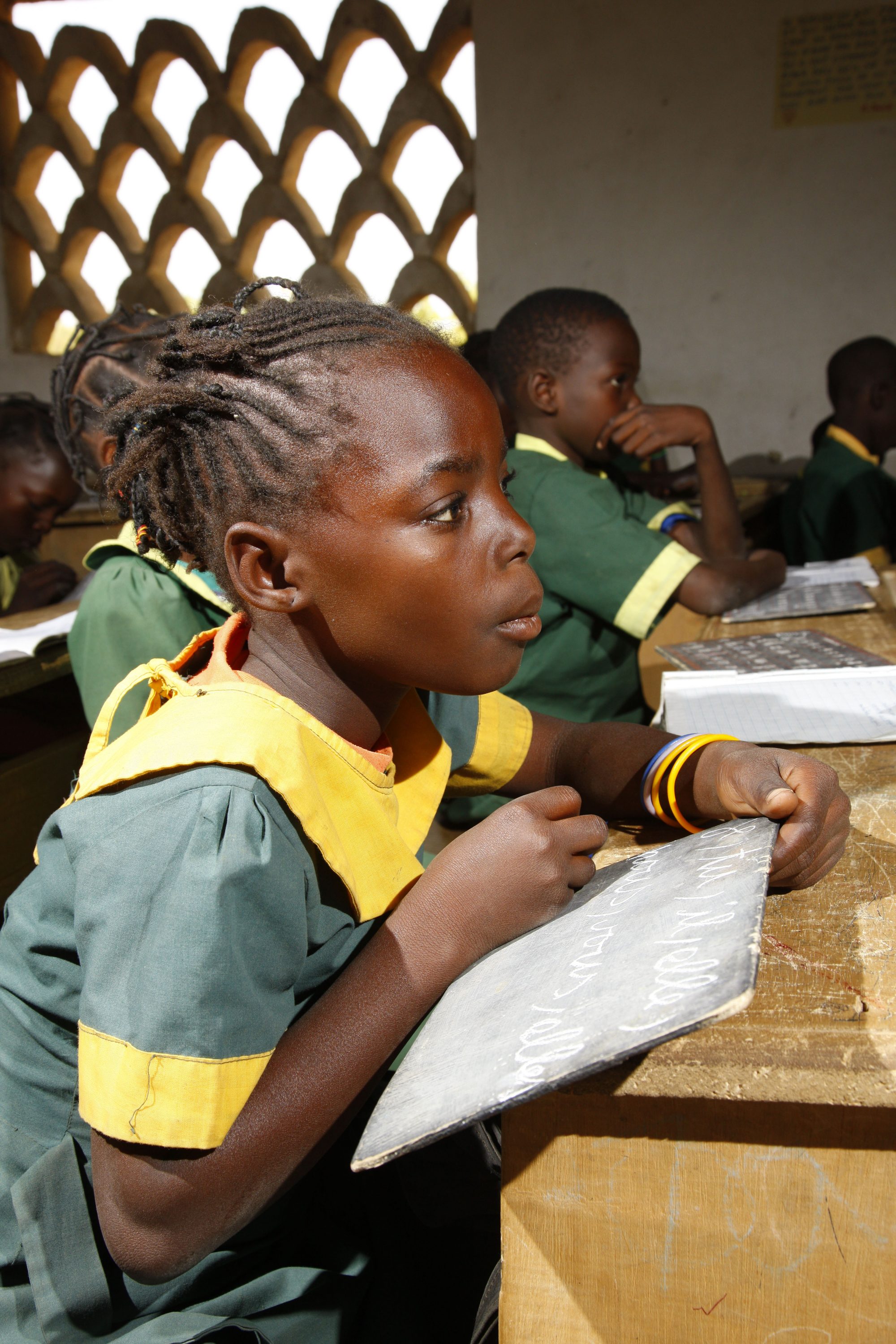
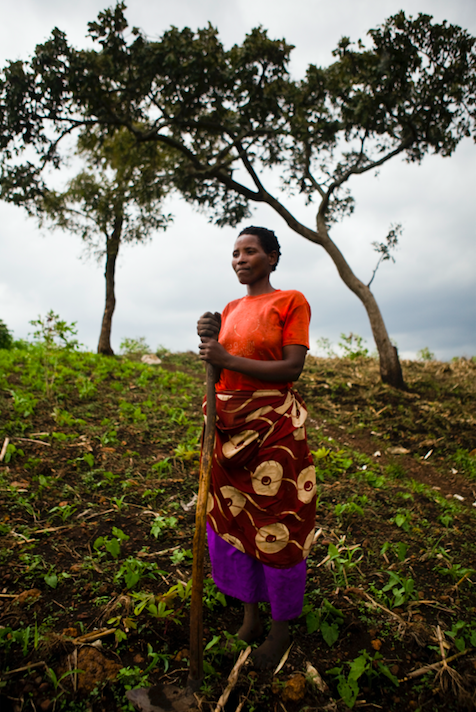 In the photo: Female farmer with hoe in her corn field. Photo Credit: McKinsey Global Institute
In the photo: Female farmer with hoe in her corn field. Photo Credit: McKinsey Global Institute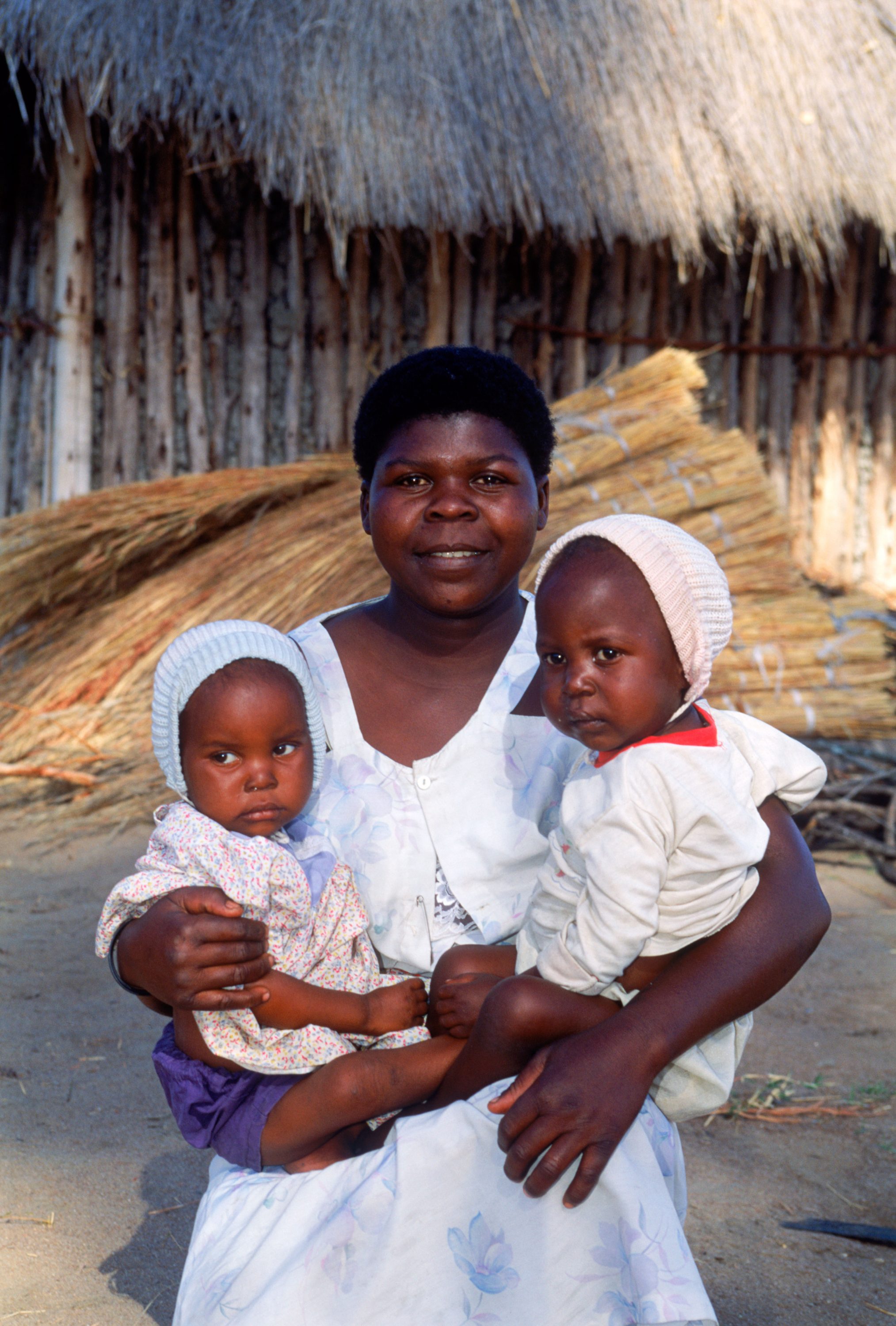 In the Photo: a woman holding two babies in her arms in front of village hut in rural Zimbabwe. Photo Credit: McKinsey Global Institute
In the Photo: a woman holding two babies in her arms in front of village hut in rural Zimbabwe. Photo Credit: McKinsey Global Institute







